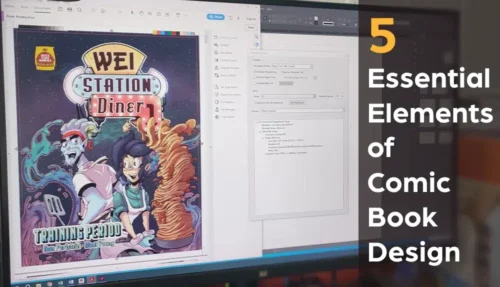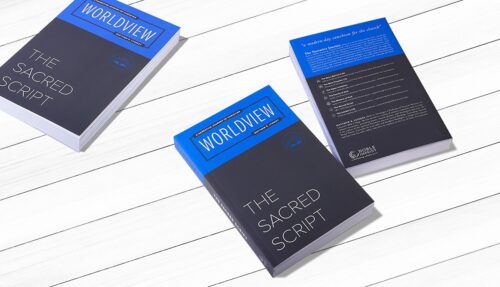So many famous poets — Walt Whitman, T. S. Eliot, Carl Sandburg, and Oscar Wilde for a start — chose to self-publish. We show you how you can follow in their footsteps to self-publish your own unique poetry collection
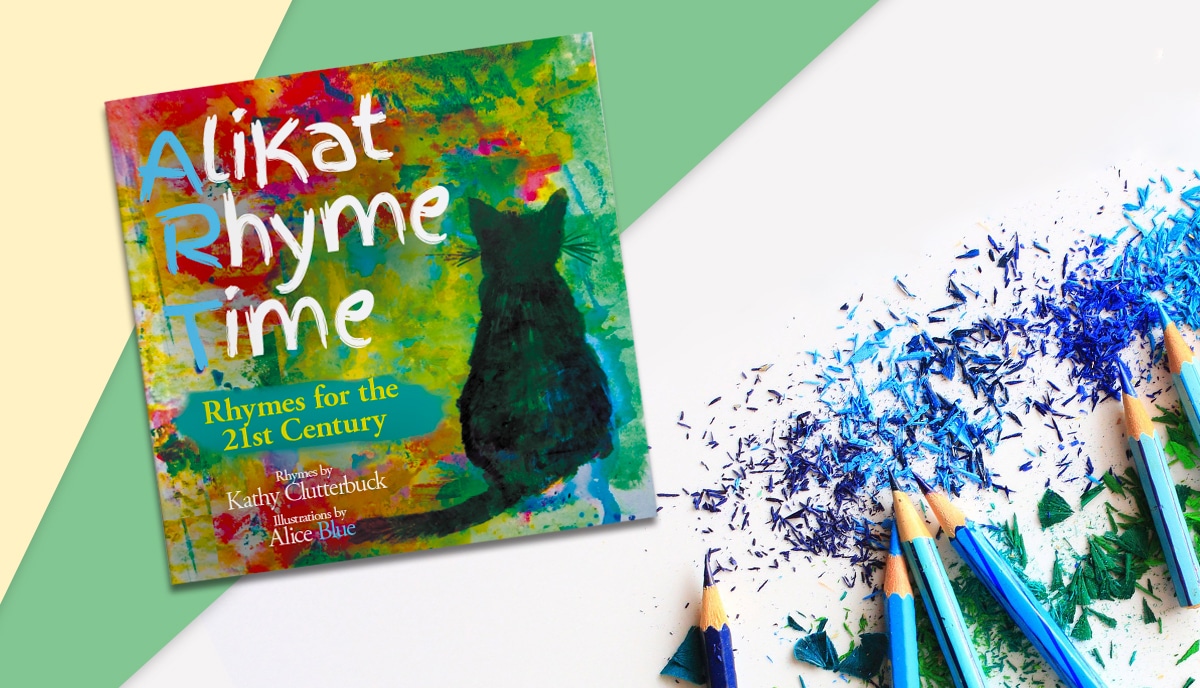
If you are a poet, you understand the power and beauty of words. You have poured your heart and soul into crafting verses that express your deepest emotions and thoughts. Now, you may contemplate the question of exactly how to self-publish a poetry collection. It’s a good question and deserves an honest answer. There’s a long tradition of self-publishing in poetry and several of the English-speaking world’s most famous poets have chosen that route—at least for their first collections. In this post, we’ll explore the benefits of self-publishing as a poet and provide you with valuable insights and considerations to guide you on your self-publishing journey. Whether you want to share your authentic voice or reach out to a new market, self-publishing can be a creative and profitable endeavor.
The benefits of self-publishing as a poet
For many poets, self-publishing is a means to share their authentic voice with a wider audience. It’s an opportunity to break free from the constraints of traditional publishing and craft a collection of poems that truly represents your unique style and perspective. Self-publishing allows poets such as you to stay true to yourself and share your work without compromising your artistic vision. It’s about connecting directly with readers who resonate with your words, rather than aiming for fame or financial gain. That doesn’t mean you can’t also make money selling your self-published poetry. You can. But it’s unlikely, even if you reach a fanbase of thousands, that you’ll make a steady full-time income from poetry alone.
Self-publishing can also be a strategic move for established poets who see the potential in tapping into a new or as yet unexplored market. While traditional publishing may favor certain genres or styles according to what’s trending in the scene, self-publishing opens up avenues for poets to explore niche markets and connect with readers who are hungry for fresh voices and unique perspectives. By self-publishing, you can take control of your own destiny and reach readers who are actively seeking new and exciting poetry.
How to self-publish your poetry
There’s a huge amount of information and resources already on the Internet about self-publishing novels, short stories, self-help books, and more. But there’s not so much that deals specifically with how to self-publish a poetry collection. So, that’s the gap we aim to fill with this helpful post. We’ll go through the process of self-publishing your poetry, skipping the general advice you can find anywhere, and focusing on the information that’s essential for poets and harder to find on the rest of the Internet.
Write your poems
You’d be forgiven for thinking that subtitle sounds facetious. But you need to write a lot of poems before you can make a collection. We’ll come to how many poems to include later. You have, broadly, three options in how you approach this.
- Write a new series of poems centered on a theme or premise, or with an overall narrative, or in a similar style (sonnets, odes, ballads, elegies, and so on)
- Make a selection from poems previously published in multi-author collections, magazines, blogs, and anthologies. You should have the rights to these, but it’s “good form” to acknowledge where they were first published if you republish them independently
- Make a selection from pre-written but unpublished poems which you can organize thematically or chronologically, for example.
It isn’t a fixed rule that your poetry collection should be strictly thematic. However, it’s a good idea to give the poems some sense of unity and organization even if it’s just “Early works” or “2020 to 2023”. But a theme—which could be a season, or a sentiment, or some other concept—helps the reader to experience the collection as a whole and provides a context within which they can understand your work.
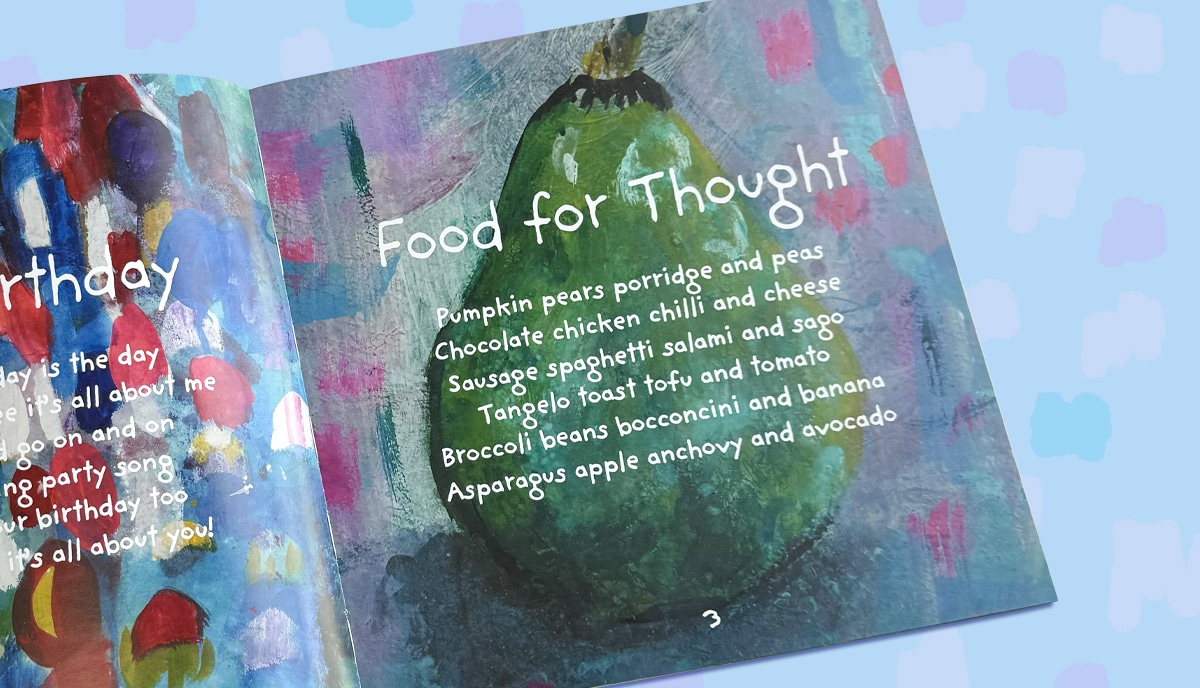
Find your community
Whatever your reasons for choosing to self-publish, it is essential to find your community. You need readers and, no matter how good your poems are, you can’t expect them to come knocking your door down desperate to read your work. You need to go to them and invite them in.
A good place to start is with the community of other poets. Look for ways to connect with like-minded poets and writers who share your passion for poetry. Join online forums and social media groups where poets gather to discuss their craft, exchange feedback, and support one another. Offline, consider exploring local writer groups, book clubs, and poetry readings in your area. Building a supportive community can provide valuable feedback, inspiration, and networking opportunities as you navigate the self-publishing journey. It can be a lonely road to travel, so finding and making friends on the same journey is always an important step.
To find your readers, there’s a lot you can do. Don’t expect overnight success. Like any relationship, the one you build with your readers will take time and effort on your part to cultivate. Here are several ways you can start building that relationship:
- Build a website and write a blog; write about your process, your experience, your journey as a writer; showcase other poets you like; do reviews and interviews; encourage readers to sign up for your newsletter, follow, like, and share your blog posts
- Set up a Goodreads profile and join reader groups who are interested in poetry; link your blog to Goodreads, make comments and get involved in conversations. Make sure your Goodreads profile has a link to your email sign-up.
- Choose one other social platform—Instagram is a surprisingly fruitful location for poets and writers—and post regularly, share your work and the work of others.
- Offline, go to poetry readings and workshops, network and make contacts.
- Ask your local library if you can do a reading or, better, a poetry workshop, in their space
- Approach schools and community centers; always be open to any opportunity to share your enthusiasm and your work and get known.
- If you have an event, make sure you contact the local press and tell them about it. Hustle for a slot on the radio stations
- Continue to submit poems to literary magazines, journals, newspapers, magazines, competitions, and other outlets. Having a portfolio of published work will help you sell your self-published collection as it lends a—true and justifiable—authority and proof of your reputation as a poet.
- Wherever you go, online and offline, make sure you ask people to sign up to your email list. When it comes to launching your book, these are the people to whom you can reach out for your first sales and early reviews.
These are just a few ideas to get you thinking. You needn’t do all of these, either. But you will need to get active in the poetry circuit if you want your self-published book to be noticed and read. It’s exactly the same if you’re traditionally published. Few publishers put many resources into promoting a first poetry collection. This is work the author always has to do.
Deciding how many poems to include
Deciding how many poems to include in your collection is a personal choice. A print collection typically contains between 30 to 100 poems, depending on their length. Although for a first collection by an unknown poet, aim to keep it to the lower end. This is partly because a bigger book will cost more to produce (and more for your customers to buy) and lowering the barriers to purchase is a good idea. It’s also because you don’t want to put out your entire back catalog of work all at once. If you achieve even moderate success with your first self-published collection, it’s a good idea to have sufficient material “in the bag” to put out your second and third collections fairly quickly to catch the wave.
We’d suggest anything between a dozen and 30 poems for your first collection. Most mainstream poetry collections are slim volumes. Follow that lead as there are reasons it’s like that!
So, when you’re selecting the poems, think about the overall theme and flow of your collection. The reader’s experience is enhanced if it’s not just a series of “this poem, then that poem” but has some sense of cohesion and progression through the book. That’s why we’re so keen on themes and chronology. You may also choose to divide your collection into sections if there are multiple themes or styles present. Ultimately, aim for some kind of structural, thematic, or narrative element that pulls your readers along from start to finish.
Before you can proceed with self-publishing, you’ll need to compile all your poems into a single document. If you have individual poem files, gather them in a folder and combine them into a manuscript. Arrange the poems in order. Each poem should begin on a new page, using page breaks to separate them. This formatting ensures a smooth reading experience and allows readers to appreciate each poem individually.
Besides your poems, your manuscript should include several essential pages. These pages provide important information for readers and establish the professional appearance of your collection. Include an interior title page, a copyright page with your copyright notice and ISBN, a table of contents, and any introductory content you wish to include. These pages contribute to the overall structure and organization of your poetry collection, making it more accessible and engaging for readers.
You’ll need to go through an editorial process unless your poems are super-simple haiku style works. Even then, get a professional proofreader to check the spelling and grammar. Obviously, poets can be very free with grammar, but you need to be sure that only the intended diversions from standard usage make it into your published material. The whole thing will need exporting as a PDF document ready for printing.
Editing and proofreading
Before finalizing your manuscript for printing and publication, take the time to polish it thoroughly. Review your poems for any spelling or grammatical errors, inconsistencies, or formatting issues. Consider enlisting the help of a professional editor or proofreader to make sure the highest quality of your work. If budget constraints prevent you from hiring a professional editor, ask friends, family, or fellow poets to look and provide feedback to help you polish your manuscript. Pay attention to the flow and organization of your poems, making necessary revisions to enhance the reader’s experience. A polished and well-edited manuscript shows your commitment to excellence and increases the credibility of your poetry collection.
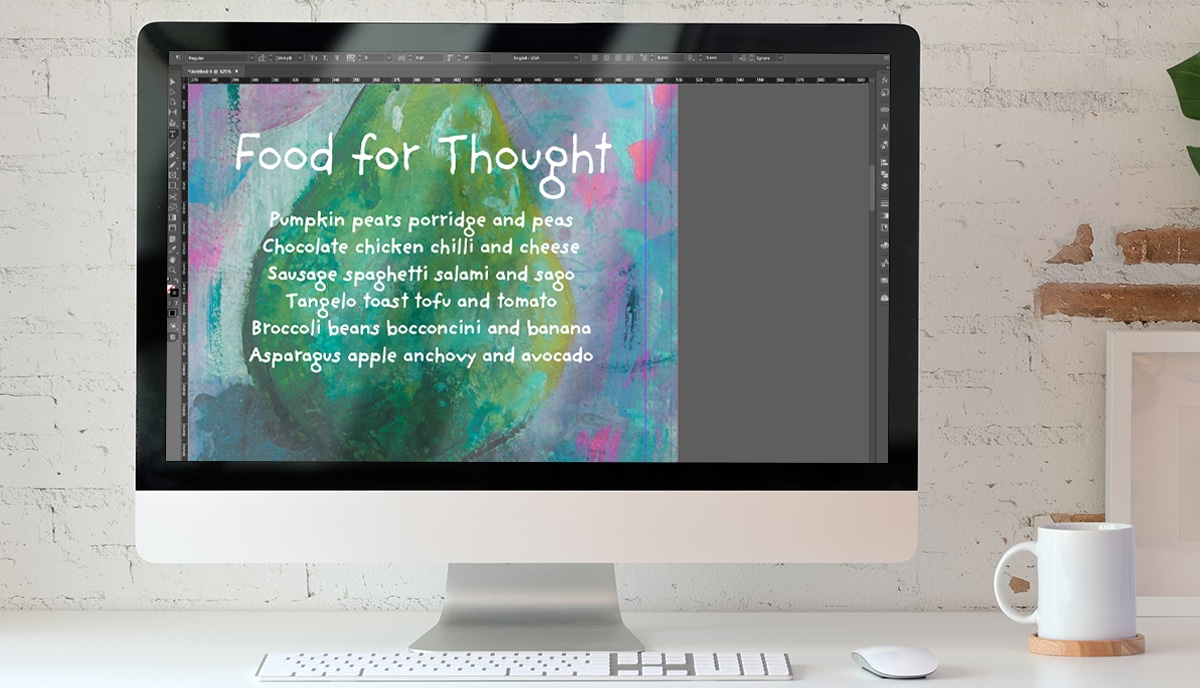
Hire a book designer or do it yourself?
One of the first decisions you’ll need to make when self-publishing your poetry collection is whether to tackle preparing your book files for printing yourself or hire a professional. If you have the resources, outsourcing book design to a skilled and experienced professional is usually the best route as you’ll have someone who can deliver excellent cover design, interior layout, pagination, fonts, and more. If you decide to handle this yourself, either because of financial constraints or because you like a creative challenge, remember that there are technical elements involved in book design that may mean a steep learning curve for beginners. A well-designed book can improve readability and increase your sales potential. A poorly designed book can scupper your chances before you even go to press.
If you decide to hire a professional book designer, research several reputable book designers and review their portfolios to ensure their style fits with your aesthetic preferences. Collaborating with a book designer involves effective communication and feedback exchange. Be open to suggestions from them and provide clear guidelines to make sure your ideas and needs are accurately translated into the final design. A skilled book designer can elevate the visual appeal of your poetry collection and make it stand out in a crowded market.
One aspect of interior page design specific to poetry is maintaining line and stanza breaks. The way your lines and stanzas break across pages can significantly affect the way the meaning of your poems is expressed and the reader’s perception of the poem. Whereas a novel can run on happily in large chunks of text broken up by standardized paragraph breaks, with poetry the matter of the on-page “architecture” is more sensitive as it’s part of the form. When working with a book designer, talk through these aspects and be sure that they pay close attention to these breaks and avoid widows and orphans — single lines or parts of stanzas appearing at the bottom or top of a page. By maintaining natural breaks and avoiding awkward spacing, you create a visually pleasing reading experience that enhances the impact of your poetry.
If you go the DIY route, we recommend you use Adobe Illustrator and InDesign for the layout of your book’s cover and interior pages. Remember to account for trim lines and spine width and take care of pagination. For more detailed instructions on book design, read our key page guide to prepress.
That said, here are the most important factors to consider when thinking about the design angle of how to self-publish a poetry collection. If you have any doubts or questions, you can always ask us to help. And if a ready-made template would help, we’ll make one for you.
• Trim size and binding options
The trim size of your book plays a significant role in how your poetry collection is presented. While 6″x 9″ is a common trim size for self-published fiction, a smaller size, such as 5.5″ x 8.5″, may work better for poetry collections. Paperback is often the preferred choice for poetry collections, but if you plan to publish a large anthology, hardcover may be more suitable. On the other hand, if you are working on a very limited budget and your book has fewer than 46 pages, saddle stitching could be an option worth exploring. Find out more about trimming and book binding options here.
• Justification
This doesn’t mean proving the worth of your poetry! It refers to the alignment of text on the paper. When it comes to justifying your poetry, you have two main options: left-justified or centered. Left-justified alignment provides more flexibility and space, especially if you have longer lines in your poems or unusual formatting. Centered alignment can work well for shorter lines and can create visual interest. You may even choose to alternate between left-justified and centered alignment for different poems to add variety and creativity to your collection. Experiment with different alignments and choose the justification that best complements your poetry style.
• Titles and text body
You’ll need to style your poem titles and text appropriately. Consider using a slightly larger font size for poem titles to make them stand out. You could also use a different fonts for titles and text. The main body font for your poems should be easy to read, such as Minion Pro or Adobe Garamond Pro. Avoid highly decorative fonts that may strain the reader’s eyes. Consistency in font choice and formatting throughout your collection creates a cohesive and professional look. Experiment with different font styles and sizes to find the perfect balance between creativity and readability. But one or two fonts throughout is enough. Don’t get carried away!
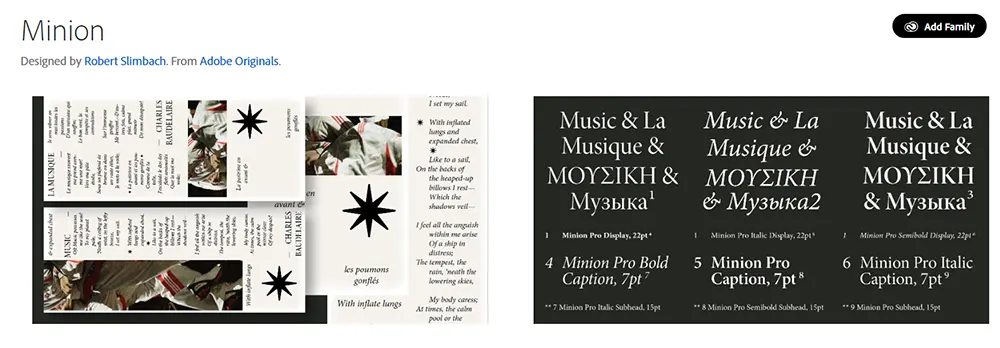
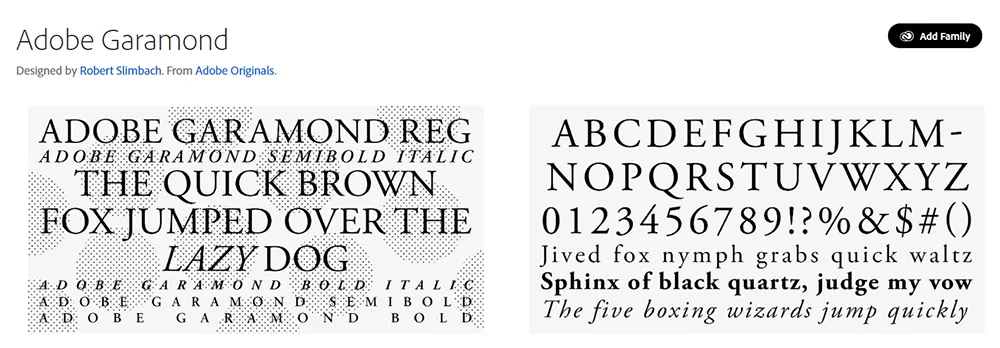
• Photographs, artwork, and illustrations
You may wish to elaborate your poetry collection with photographs, artwork, and illustrations. If you’re creating the artwork and illustrations yourself or using personal photographs, then it’s just a case of formatting and inserting the images into the layout. If you’re employing an artist to work for you, make sure that you’re buying the copyright, too. When using images from third-party sources, be careful to make sure that you use them legally. You can’t just grab images randomly from the Internet and use them for your publishing projects! To learn how to source images legally for your self-published poetry collection, read our blog post, How to Get Pictures for a Book Without Breaking Copyright.
A word about poetry book covers
Your book cover is the first impression readers will have of your poetry collection, so it’s vital to make it something that suggests the content and be visible both in a physical bookstore, on a stand, or online. Consider the overall theme and tone of your poems when brainstorming cover ideas. You can use personal photographs, artwork, or stock imagery to create a visually striking cover. If you lack design skills, hiring an illustrator or collaborating with a professional book cover designer is always a good option. Poetry book covers can also be very simple in design. Many successful poets are published under simple covers with a plain color and complementary title and text and nothing else. So, for poetry, unlike fiction, it’s often easier to design an effective cover than it is to manage the interior layout.
Preparing your manuscript for printing
If you’re doing this yourself, then when you prepare your digital files for printing, you’ll need to allow for bleed zones, safety areas, trim lines, and borders, for example, and make sure that the resolution and the color space are correct. So, here are a few useful tips to help you when you’re preparing your files for the printer.
- Export your files as vectors in PDF format for the best results. Our recommended software options for all book designs are Adobe Illustrator or Adobe InDesign. These will also allow you to convert your color space from RGB to CMYK which you will need to do for offset printing.
- If you can’t deliver vectors — say, if you’re exporting bitmaps from Photoshop for your book cover — then make sure the resolution is at least 300 DPI. With vectors, you needn’t worry about resolution, but all other images must have a high definition to tolerate resizing without becoming fuzzy and “pixilated”.
- You’ll need to add a “bleed zone” of 3 mm around all your image pages. A bleed is an extended zone at the periphery of your photo, which falls outside the area that your finished page will cover. Once we’ve printed your pages, we’ll cut them to the exact size needed for your paperback book format. This “bit extra” gets cut off and makes sure that the finished image fills the page with none of it being lost. If your book is text-only, you needn’t worry about this for the interiors, but it still applies to your cover design.
- Inside your bleed zone, don’t forget to mark the “trim lines”. These will define the final dimensions of the finished page, with or without images. Make sure that any necessary elements of your page—the text, titles, decorative flourishes, and pagination, for example—stop at least 10 mm short of the trim line.
- If a photograph or artwork crosses over two pages in a “spread” make sure that nothing essential—like the subject’s face or other important details—lie along the center crease.
- Check all your formatting is consistent throughout the document—fonts and font sizes, drop capitals, dividers, pagination, borders, margins, chapter headings, page breaks, and so on.
- Don’t forget your ISBN and barcode if your book is for sale. You can get both through Bowker in the US and Nielsen in the UK. The barcode had better to be a vector and rendered in pure black.
As a self-publisher, the responsibility for sending “print ready” files lies with you. But please don’t worry! We’ll be happy to help and advise you throughout the process, explain what’s needed, liaise with your designer if you have one, and manually check everything ourselves to make sure it all goes smoothly and you end up with a perfect print of poetry collection. And you can pick up the phone and talk to us at any stage. You’ll talk to a genuine print expert with years of experience in the field. We’re here to help.
Spreading the word
Once your poetry collection is being printed, you can spread the word and build a buzz in readiness for your launch. Use your website, blog, and social media platforms to run teaser events, do a cover reveal, and share snippets of your poetry. Engage with your followers and friends and encourage them to help promote your book. Collaborate with other poets or literary influencers to expand your reach. Consider hosting book launch events, taking part in poetry readings, or reaching out to local media outlets for potential coverage. Building an audience takes time and effort, but with dedication and perseverance, you can create a loyal following for your poetry.
Talk to us!
Self-publishing a poetry collection offers you a creative and potentially profitable avenue to share your work with the world on your own terms without censorship or constraint. By navigating the self-publishing journey with care and determination, you can bring your words to life in a professionally designed book. Whether you choose to hire a professional book designer or venture into the world of book design yourself, make thoughtful decisions regarding editing, formatting, and cover design. You have every chance of success.
At QinPrinting, we have established a worldwide reputation for the quality of both our printed products — in this case, your self-published poetry collection! — and our attentive, personal customer service. We are an expert team of real people to whom you can talk to discuss your individual needs. Then we have a full range of paper stocks, binding options, coating and finishing processes, along with embossing, debossing, foil stamping and so much more to make your book a truly standout publication.
We’d love to discuss your poetry collection printing project and we’ll guide you through every step of the way. We specialize in helping independent creatives and self-publishers just like you to make their book dreams come true. Talk is free, so get in touch today.







